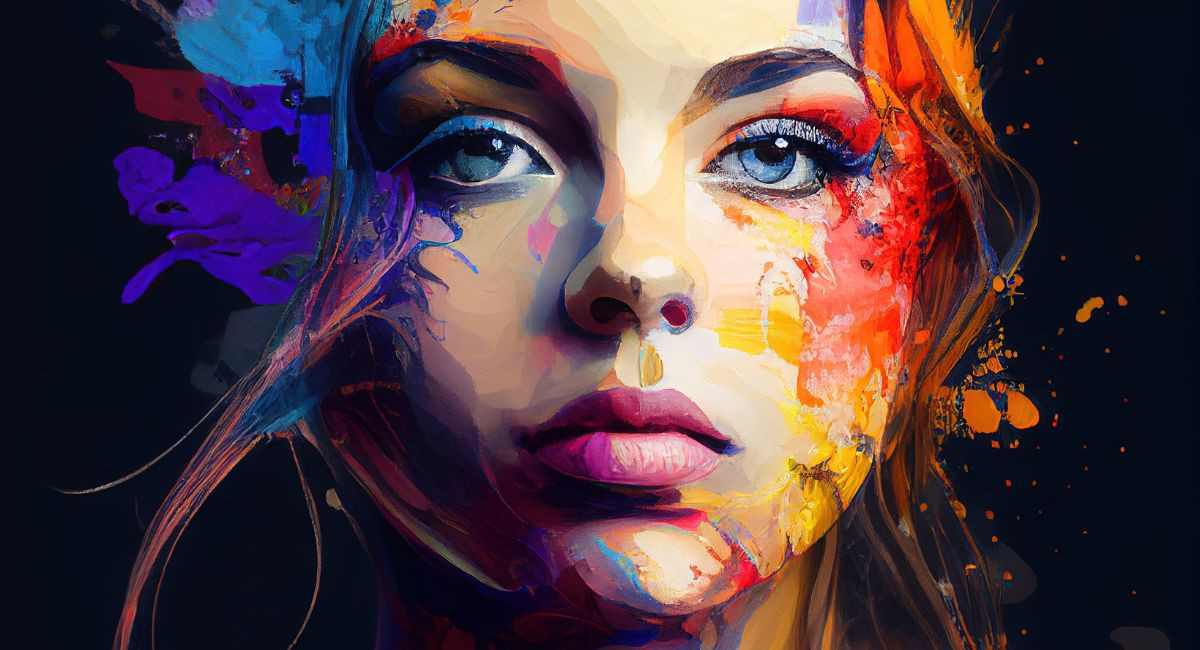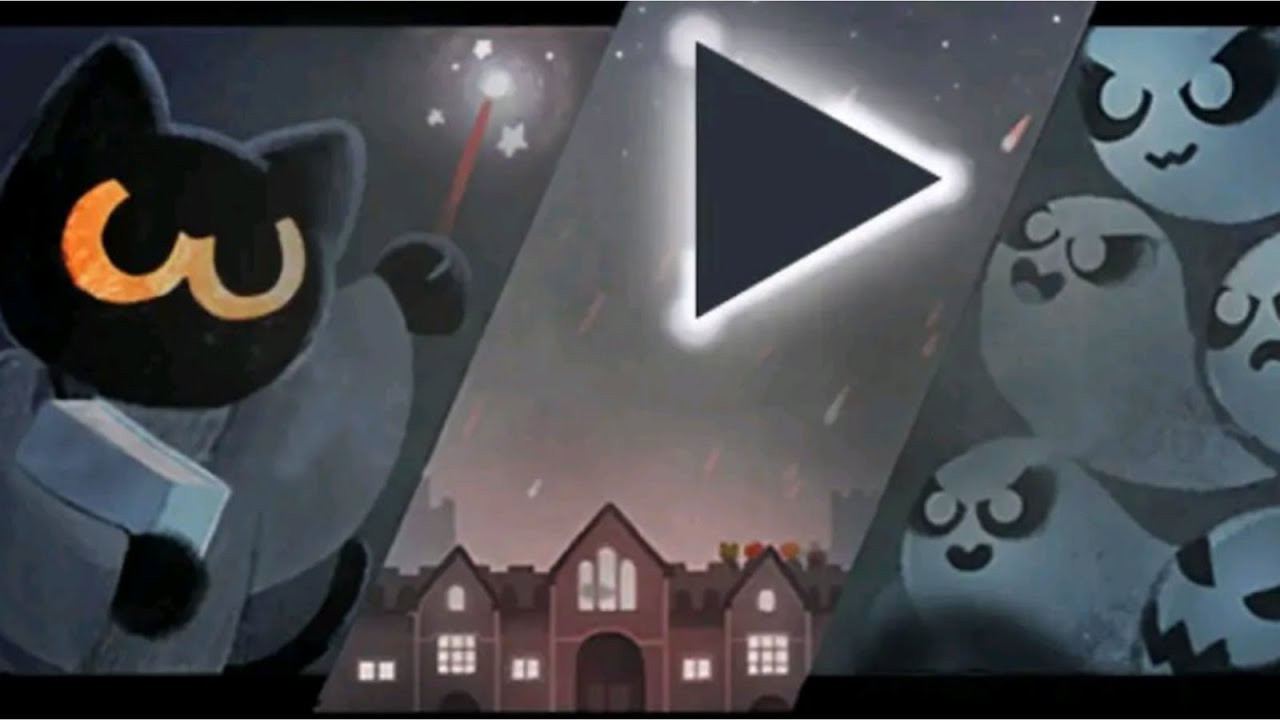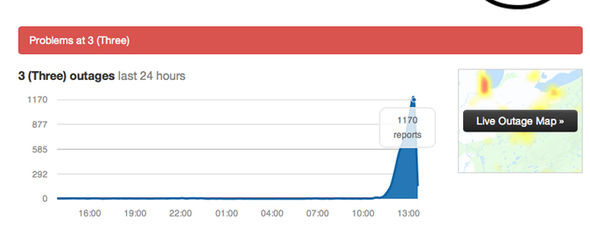The Rise of the NFT Art Market: How Artists Are Leveraging Digital Assets
The world of art is undergoing a radical transformation, driven by the advent of Non-Fungible Tokens (NFTs). These digital assets have captured the attention of collectors, investors, and artists alike, ushering in a new era of ownership and monetization for digital creations. While the concept of NFTs is still relatively new, their impact on the art market is undeniable, creating both opportunities and challenges for artists.
Understanding NFTs: A Digital Revolution in Art
NFTs are unique digital certificates of ownership, recorded on a blockchain, a decentralized and immutable ledger. This means that each NFT is one-of-a-kind, verifiable, and traceable, ensuring its authenticity and preventing duplication. In the context of art, NFTs allow artists to create and sell digital works, such as images, videos, and audio, directly to collectors without intermediaries.
Benefits of NFTs for Artists
NFTs have revolutionized the way artists can engage with their audience and monetize their work. Here are some key benefits:
Direct Connection with Collectors:
NFTs empower artists to establish a direct relationship with their collectors, bypassing traditional art galleries and intermediaries. This allows for greater control over their work's distribution and pricing, fostering a more equitable art ecosystem.
Increased Accessibility and Reach:
The digital nature of NFTs makes art more accessible to a global audience. Artists can reach collectors worldwide, expanding their market and potential for success. Furthermore, the lower barriers to entry, compared to traditional art markets, allow emerging artists to gain recognition and exposure.
New Revenue Streams:
NFTs create exciting new revenue streams for artists beyond traditional sales. Through royalties embedded in NFTs, artists can earn a percentage of every subsequent sale of their work, ensuring ongoing financial benefits from their creations.
Enhanced Proof of Ownership:
The immutability of the blockchain provides artists with a verifiable record of ownership for their work. This eliminates concerns about copyright infringement and ensures that their creations are properly attributed.
Challenges of NFTs for Artists
While NFTs offer numerous benefits, it's important to acknowledge the challenges that artists face in navigating this evolving landscape:
Volatility of the Market:
The NFT market is highly volatile, with prices fluctuating rapidly. This can make it difficult for artists to predict their earnings and plan their financial strategies. The value of NFTs is also influenced by factors such as market sentiment, hype, and media coverage, adding to the unpredictability.
Environmental Concerns:
The energy consumption associated with certain blockchains, such as Ethereum, has raised environmental concerns. Artists must consider the ecological impact of creating and trading NFTs and explore alternative blockchain solutions that prioritize sustainability.
Scams and Fraud:
The rise of NFTs has attracted opportunistic actors who engage in scams and fraudulent activities. Artists need to be vigilant about protecting themselves and their work from counterfeit NFTs and malicious actors.
The Future of NFT Art:
The NFT art market is still in its early stages, and its long-term impact remains to be seen. However, the potential for NFTs to disrupt and revolutionize the art world is undeniable. Artists who embrace this new technology have the opportunity to reshape the art ecosystem, create new forms of engagement with their audience, and unlock exciting new possibilities for creativity and financial success. As the technology continues to evolve and mature, we can expect to see more innovative applications of NFTs in the art world, pushing the boundaries of artistic expression and challenging traditional notions of ownership and value.
A Promising Future for Artists:
The NFT art market is still relatively new and has a long way to go. However, the potential for NFTs to revolutionize the art world is undeniable. Artists who embrace this new technology have the opportunity to reshape the art ecosystem, create new forms of engagement with their audience, and unlock exciting new possibilities for creativity and financial success. As the technology continues to evolve and mature, we can expect to see more innovative applications of NFTs in the art world, pushing the boundaries of artistic expression and challenging traditional notions of ownership and value. The future of NFT art is bright, offering artists an unprecedented level of control and opportunity in the ever-evolving digital landscape.
Conclusion: Embracing the Digital Revolution
The rise of NFTs has opened up a new frontier for artists, providing them with exciting opportunities to connect with collectors, monetize their work, and navigate the digital landscape. While challenges exist, the potential for NFTs to transform the art world is undeniable. As the technology continues to mature and evolve, artists who embrace this revolution will undoubtedly shape the future of art in the digital age.

















